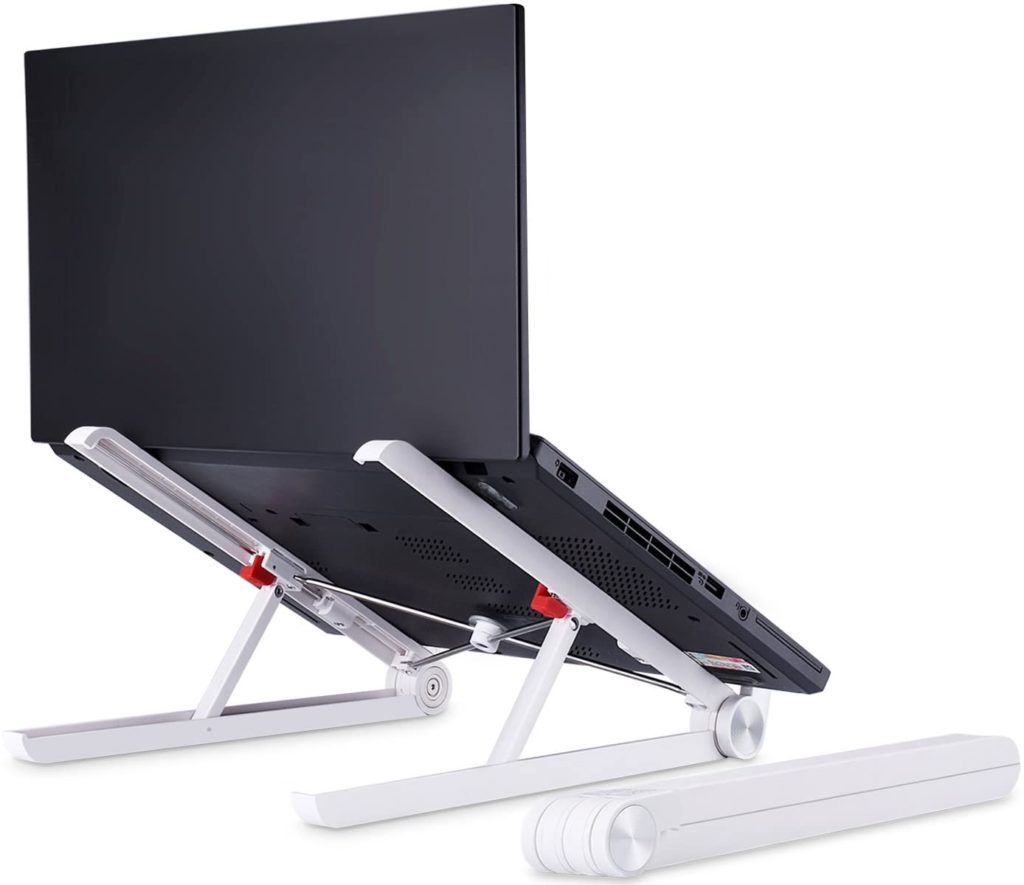
10 May Working From Home? Start Focusing on Your Wrist Posture
The initial appeal that comes with working from home is that you’re not tied to the confines of a desk. Work from your bed! Or the couch! But once you realize you’ve got neck tension and your sore wrists, this freedom loses its appeal. Though we rarely give our wrists much thought, R. Alexandra Duma, DC, DACBSP, a chiropractor at Manhattan wellness and recovery studio FICS, says now is the time to pay attention to your wrist position while typing.
“How are your wrists positioned? Are you into a more flexed or extended type of movement?” she says. “Ideally you should be into a more neutral position when you’re typing, either on a laptop or a keyboard.” Your wrist position has a lot to do with how the rest of your body us positioned, Dr. Duma explains. “What’s really important—and what people overlook—is that the whole posture itself affects the wrists,” she says. “So it starts from the neck position and shoulder position, transferring into the forearms, wrists, and fingers.” That’s why it’s important to focus not just on the wrists and hands, she says, but on the body’s entire posture.
The most optimal wrist position while involves having your wrists in a neutral position, with your arms straight in front of you and your elbows at a 90-to-110-degree angle. You should be sitting up tall, with your neck and shoulders retracted and your arms in at your sides, she explains. Dr. Duma adds that maintaining correct alignment is impossible to do if you’re working from a bed or couch. You’ll want to be seated in a chair with your computer on a table in front of you. Make sure your laptop screen is at eye level to keep you from hunching forward. If you’re hunched forward looking down at your laptop, she says it’s likely that your elbows point out to the side. “Automatically, by modifying the elbow position, you modify the wrist position, which modifies the finger position,” she says. In addition to causing wrist pain, Dr. Duma says being hunched over can make it harder to breathe, because your lung capacity is diminished.
Tools like this ergonomic laptop stand ($16) can lift your laptop screen so it’s like you’re looking at a monitor. If you have access to an external keyboard, Dr. Duma suggests using one, as it helps to keep your arms out long in front of you.
To keep yourself mobile, Dr. Duma suggests getting up from your seat and moving around every 30 to 60 minutes. “Just doing a quick stretch, as you’re standing, just open up your palms to get a pec stretch, or take a call or meeting standing,” she says. “Anything helps.” You can also stretch out your forearm by flipping your inner arm up and using your opposite hand to gently pull your fingertips toward your body while maintaining a straight elbow. Loosen your hands by alternating between making a fist and spreading out your fingers as wide as they’ll go. And with any luck, at the end of the work-from-home day, you’ll be feeling just as comfortable as you did when you started.

